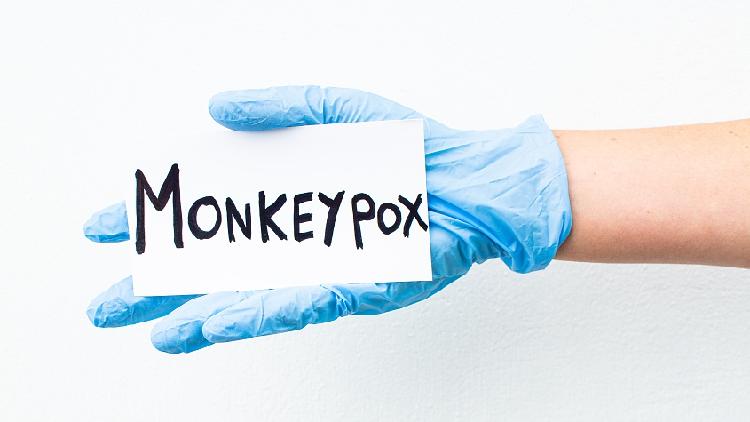Health: WHO gives new names to monkeypox variants
The monkeypox virus was named when it was first discovered in 1958. Major variants were identified by the geographic regions where they were known to circulate. Read more on Dynamite News:

Geneva: The World Health Organization (WHO) has announced new names for variants of the monkeypox virus that are currently in circulation. This is to avoid causing any cultural or social offense, the WHO explained in a statement.
A group of global experts convened by the WHO decided on the new names.
Also Read: California governor declares Monkeypox emergency
Experts will now refer to the former Congo Basin clade (group of variants) in Central Africa as Clade I, and the former West African clade as Clade II. The latter consists of two sub-clades, Clade IIa and Clade IIb, of which Clade IIb was the main group of variants circulating during the 2022 outbreak.
Also Read |
WHO lauds Odisha govt for efficient COVID-19 management, despite cyclone Amphan, influx of migrants
WHO said on Friday the new names for the clades should be used immediately.
Newly-identified viruses, related diseases, and virus variants should be given names that avoid causing offense to any cultural, social, national, regional, professional, or ethnic groups, and which minimize any negative impact on trade, travel, tourism or animal welfare, WHO added.
The monkeypox virus was named when it was first discovered in 1958. Major variants were identified by the geographic regions where they were known to circulate.
Also Read: Centre forms National Task Force to monitor Monkeypox cases
Also Read |
World COVID-19 Update: 4,982 more global deaths due to COVID-19, toll nears 200,000, says WHO
WHO officially declared late last month that the current multi-country monkeypox outbreak had turned into a public health emergency of international concern.
According to WHO's situation report on the monkeypox outbreak published on Wednesday, there have now been 27,814 laboratory-confirmed cases, and 11 deaths from the disease in 89 countries and regions worldwide, with Europe and the Americas being hit the hardest. (UNI)
 Dynamite News
Dynamite News 